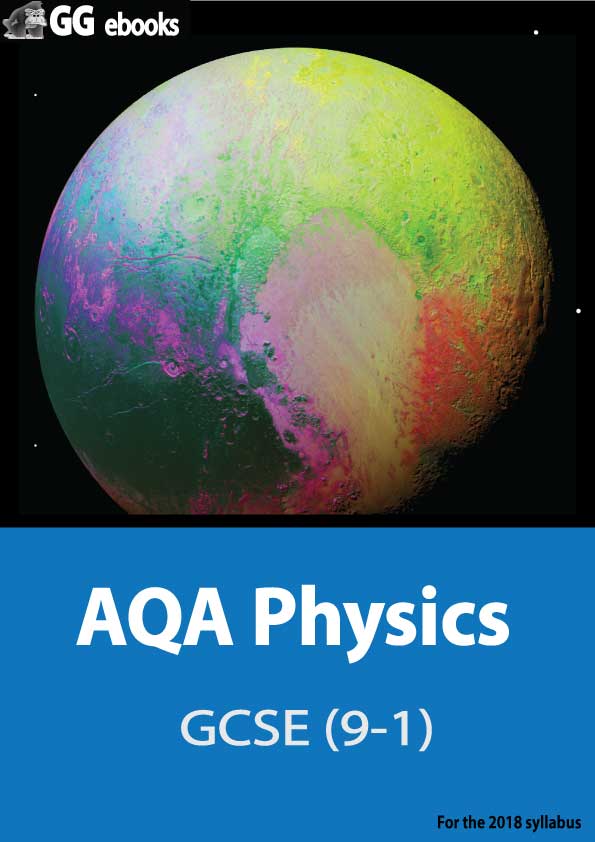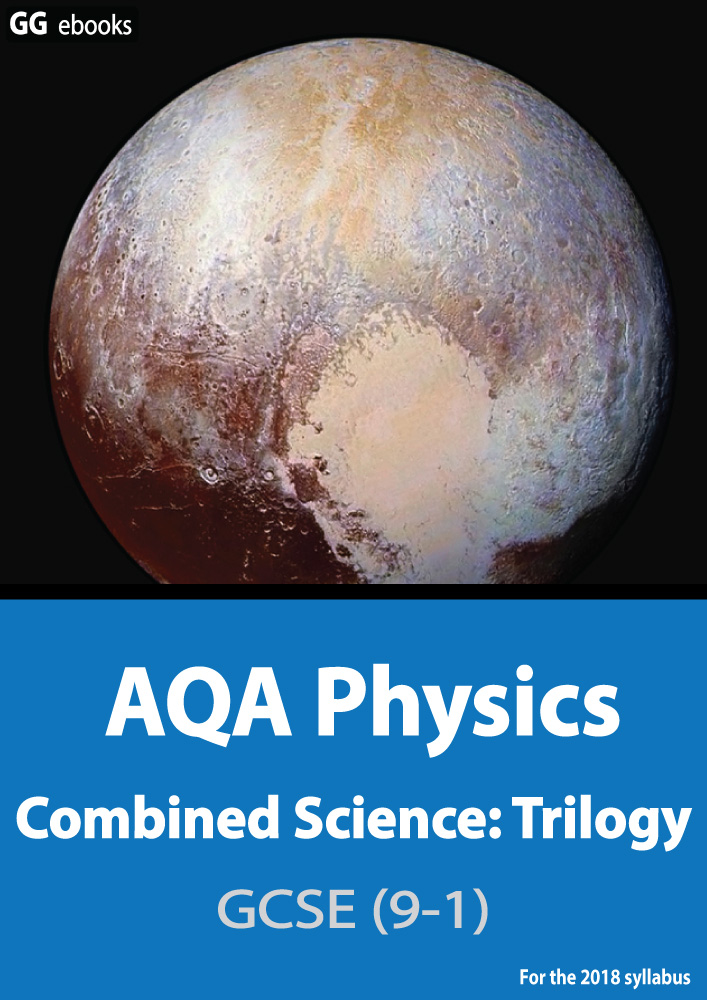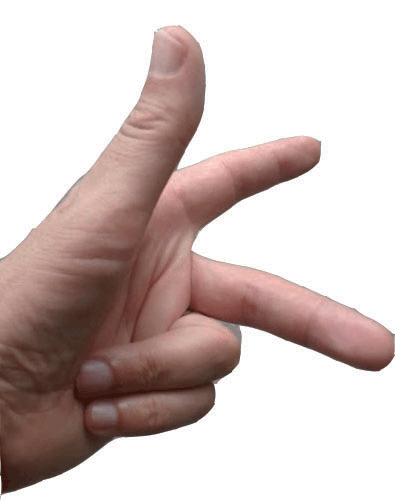NEED HELP? |
  |
1. Which of these is not a magnetic material?
|
||||||||||||||||||||||
2. Which of these diagrams shows the magnetic field lines around the north pole of a magnet?
|
||||||||||||||||||||||
3. When magnets and metal bars are close together they experience forces. Which row gives the correct description of the effect between these materials?
|
||||||||||||||||||||||
4. A magnetic compass points North. This shows that...
|
||||||||||||||||||||||
5. A magnetic field line shows the direction of force acting on ...
|
||||||||||||||||||||||
6. Which of these diagrams shows the magnetic field line pattern (red lines) around a single straight wire carrying a current?
|
||||||||||||||||||||||
7. A student cariies out some experiments to see which variables affect the strength of the field near to the wire above. They change one variable at a time, keeping the others contstant. Only 2 of the experiments gave a result. Which 2 variables were found to affect the field strength?
|
||||||||||||||||||||||
8. What is the name of a long (empty) coil of wire used to produce a magnetic field?
|
||||||||||||||||||||||
9. If an iron bar is placed in the middle of this coil, a strong electromagnet is produced. The magnetic field can then be turned on and off. This type of magnet is ...
|
||||||||||||||||||||||
| 10. Fleming's Left hand Rule can be used to predict the direction of the force on a wire carrying a current, when placed in a magnetic field. |  |
|||||||||||||||||||||
Which of these correctly identifies the fingers/thumb?
|
||||||||||||||||||||||